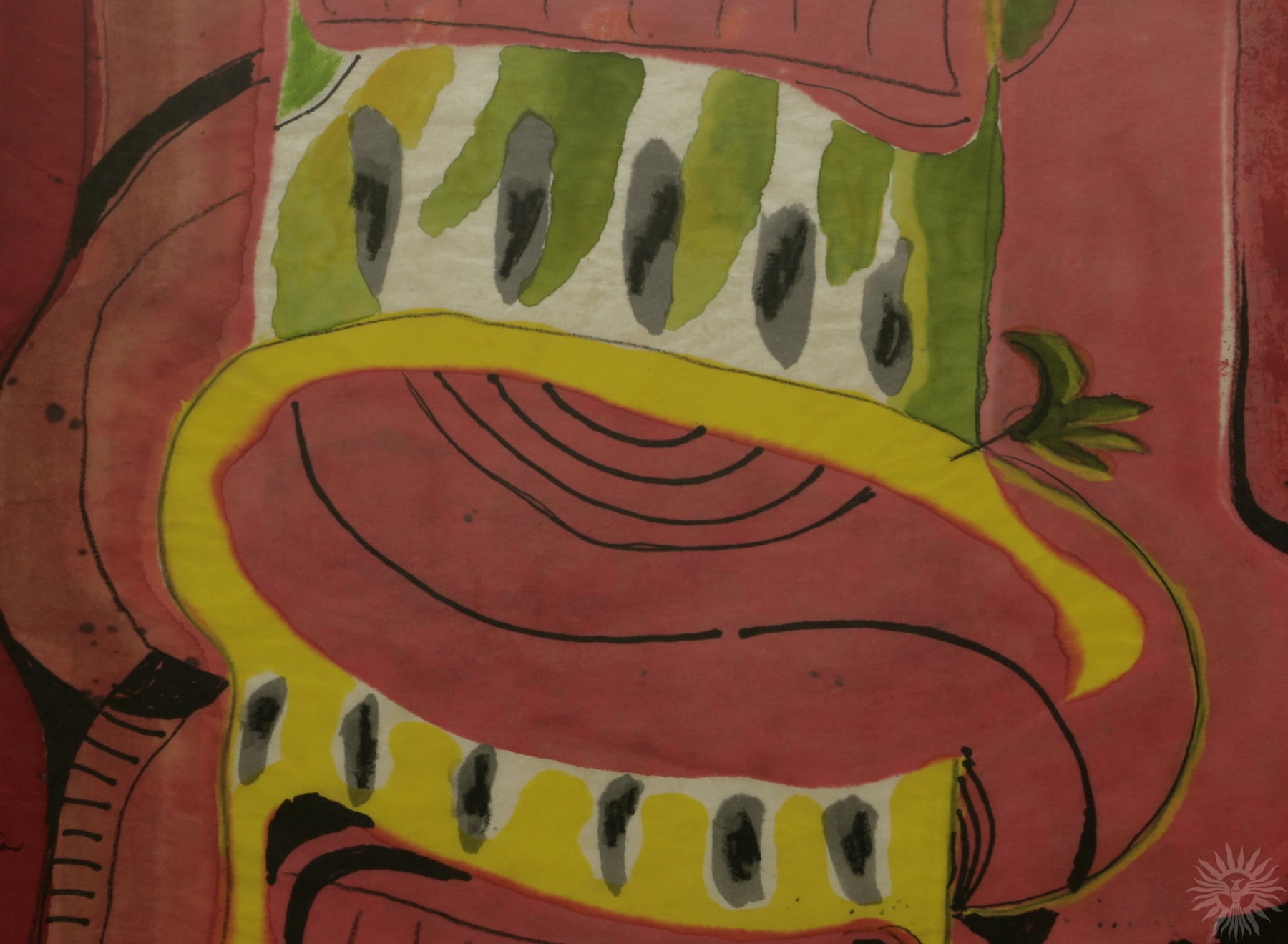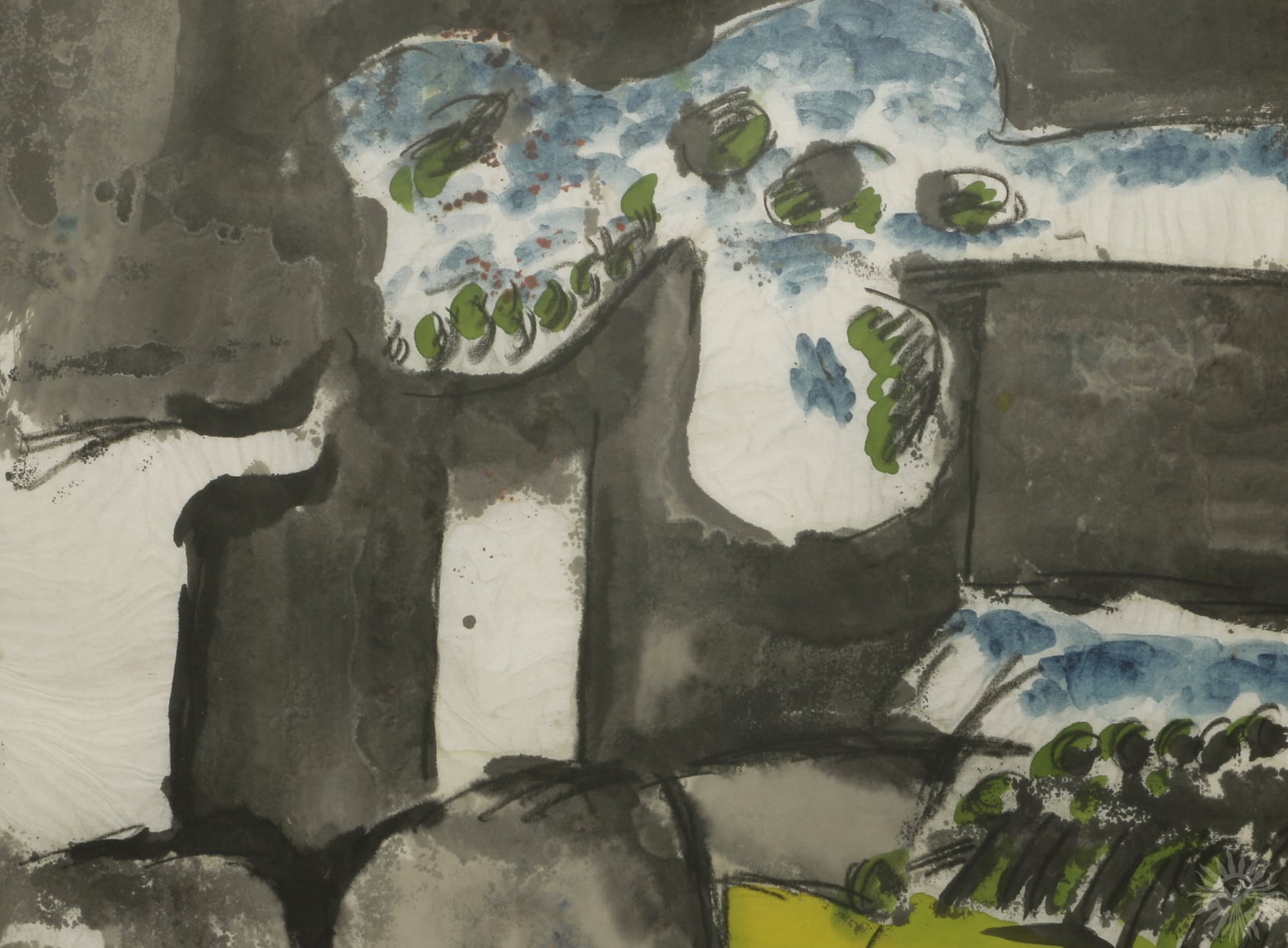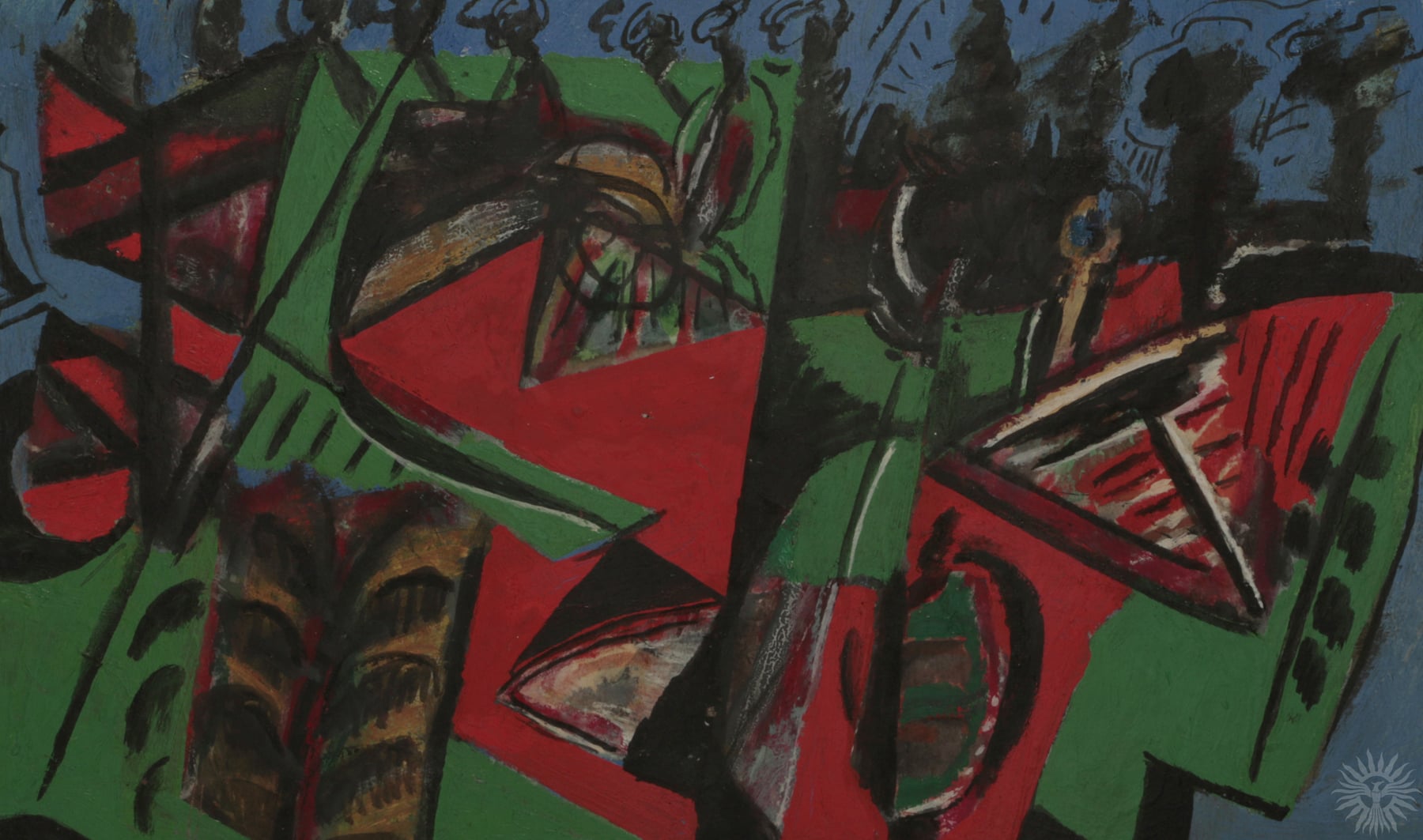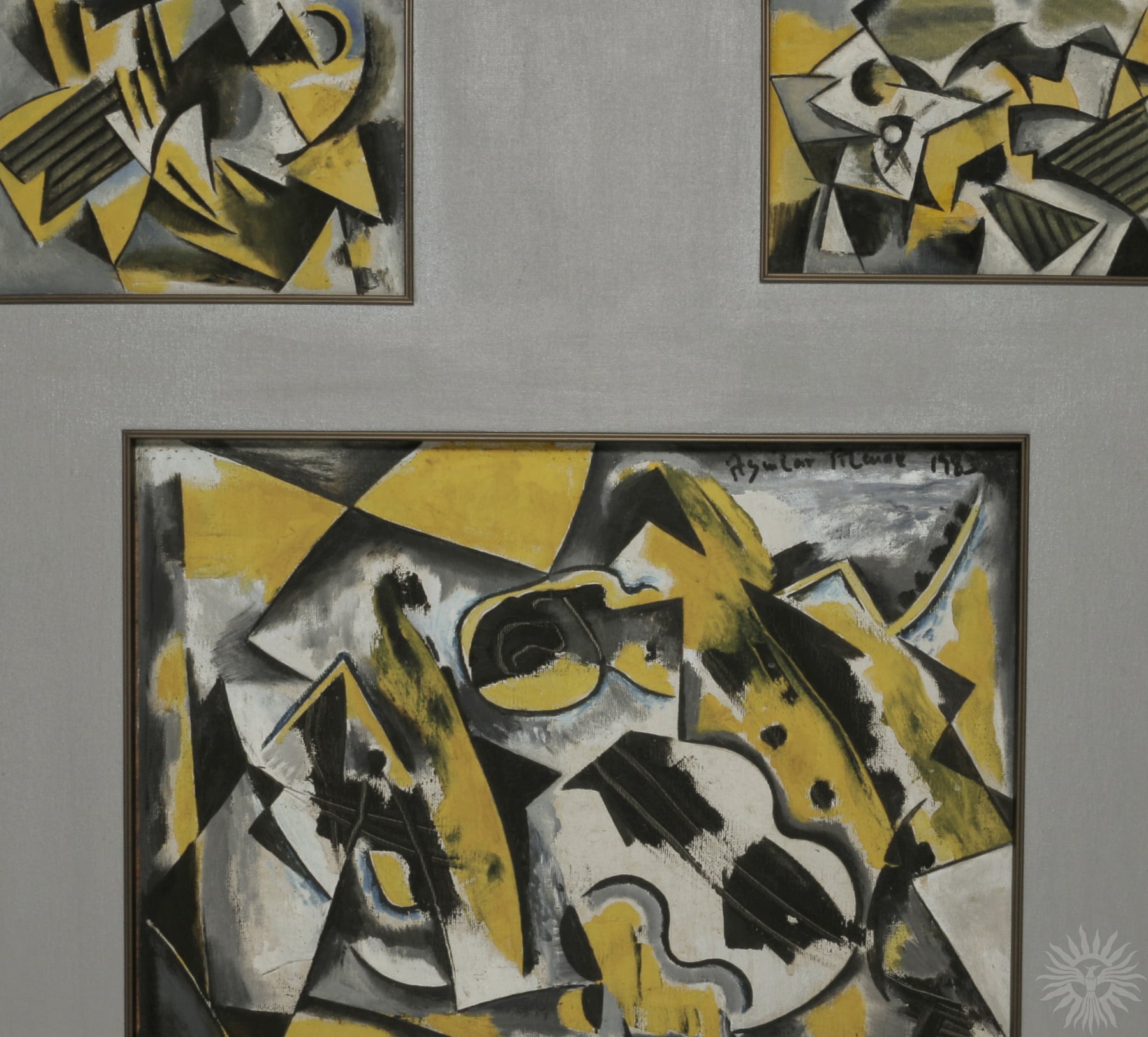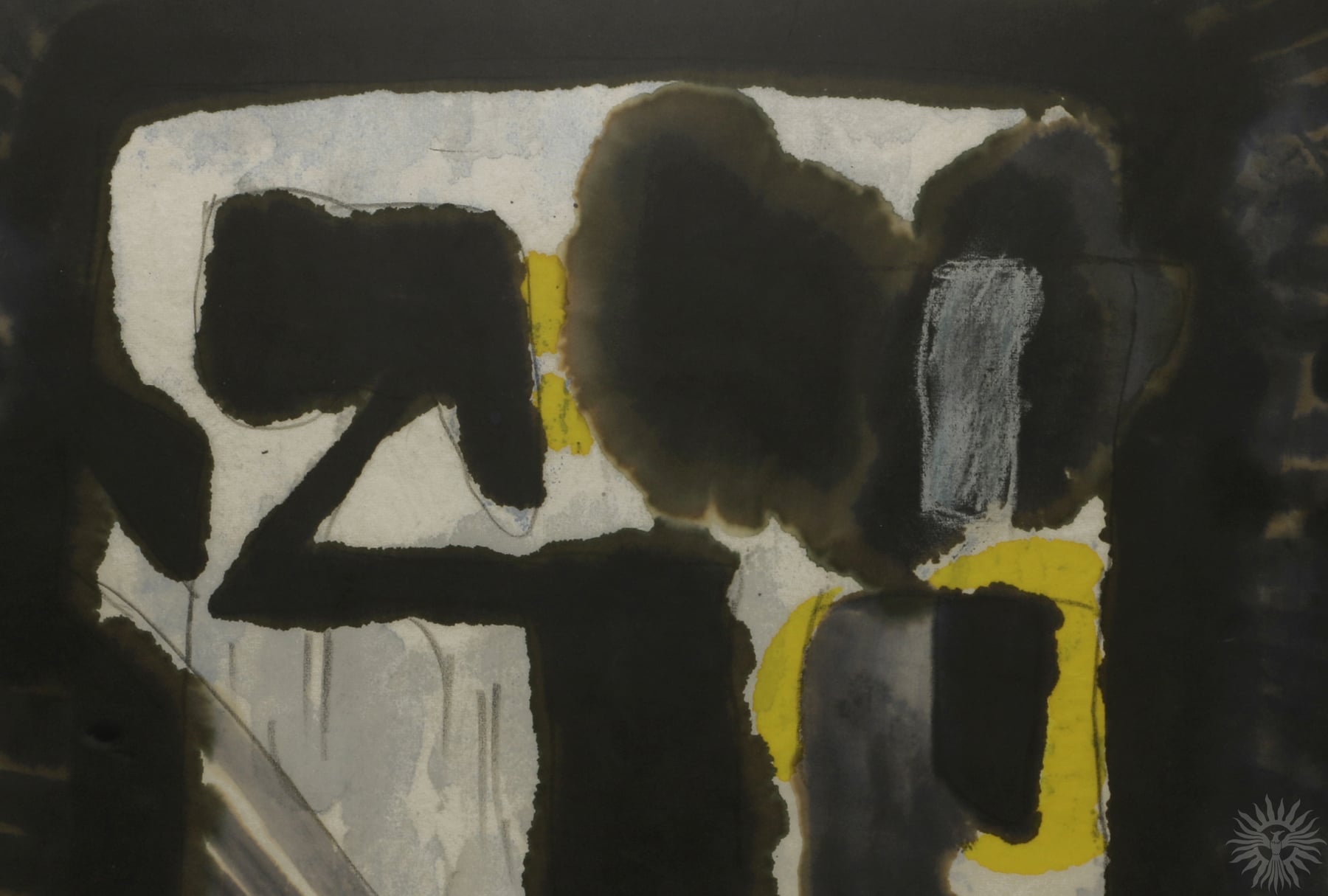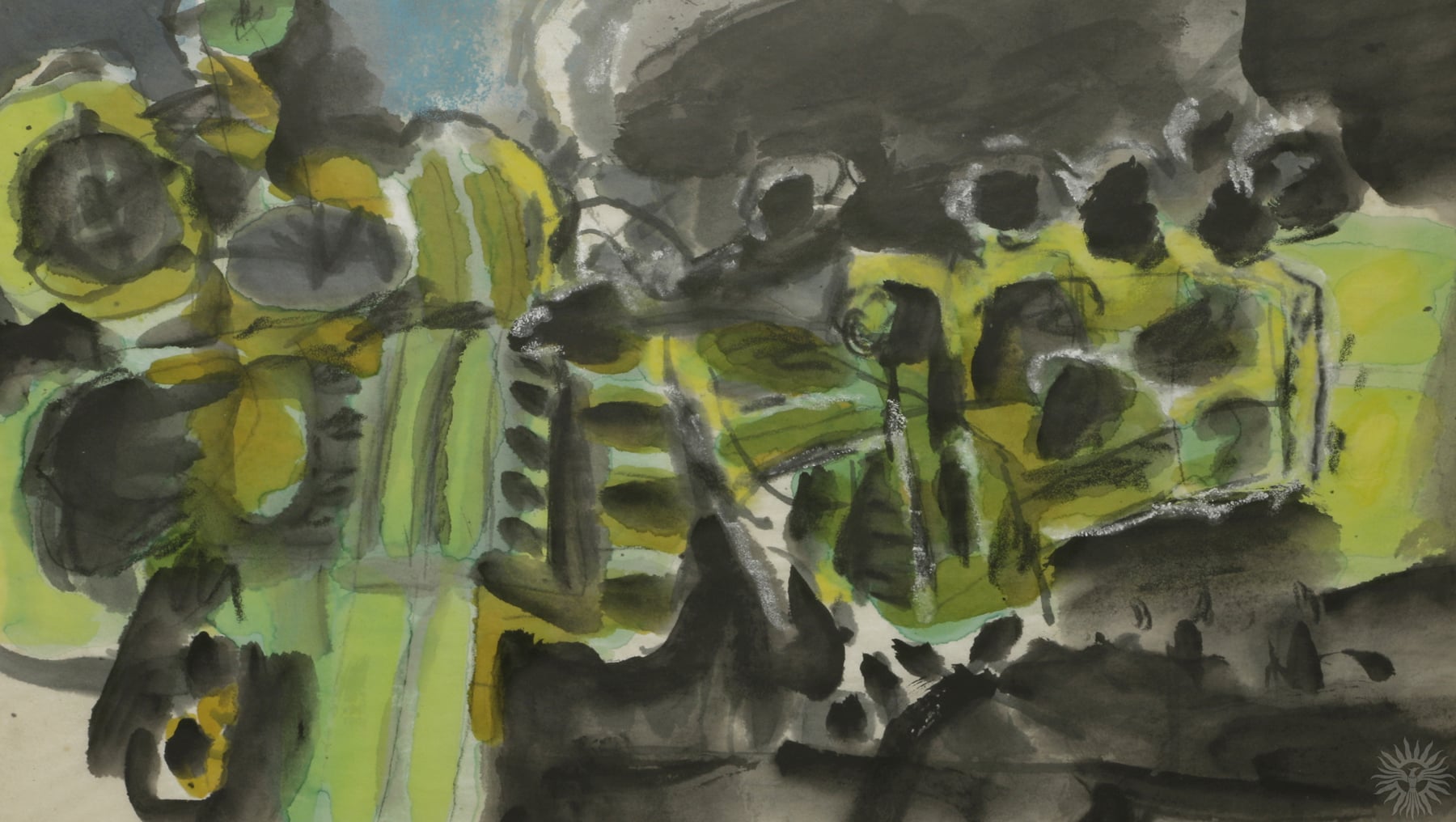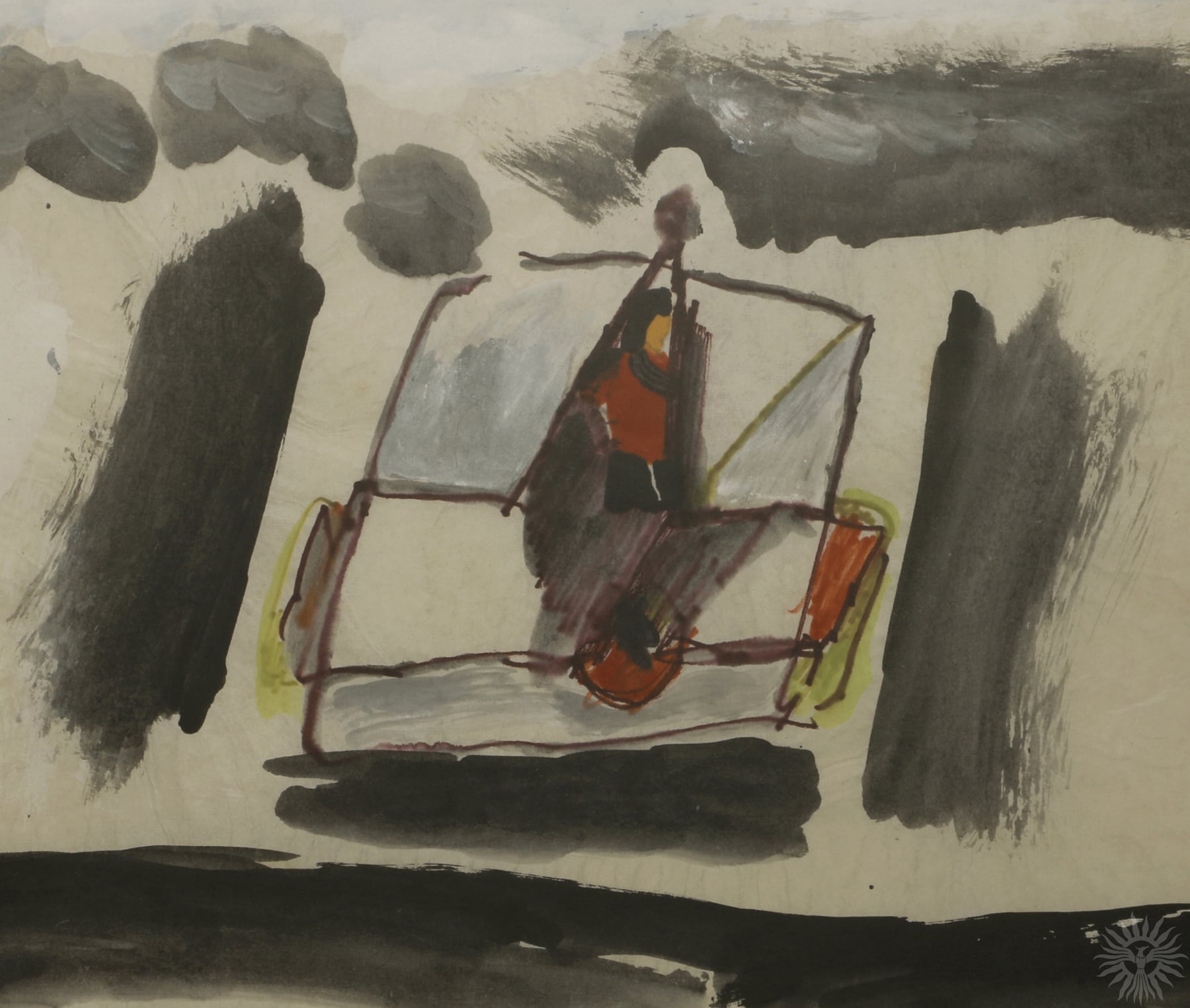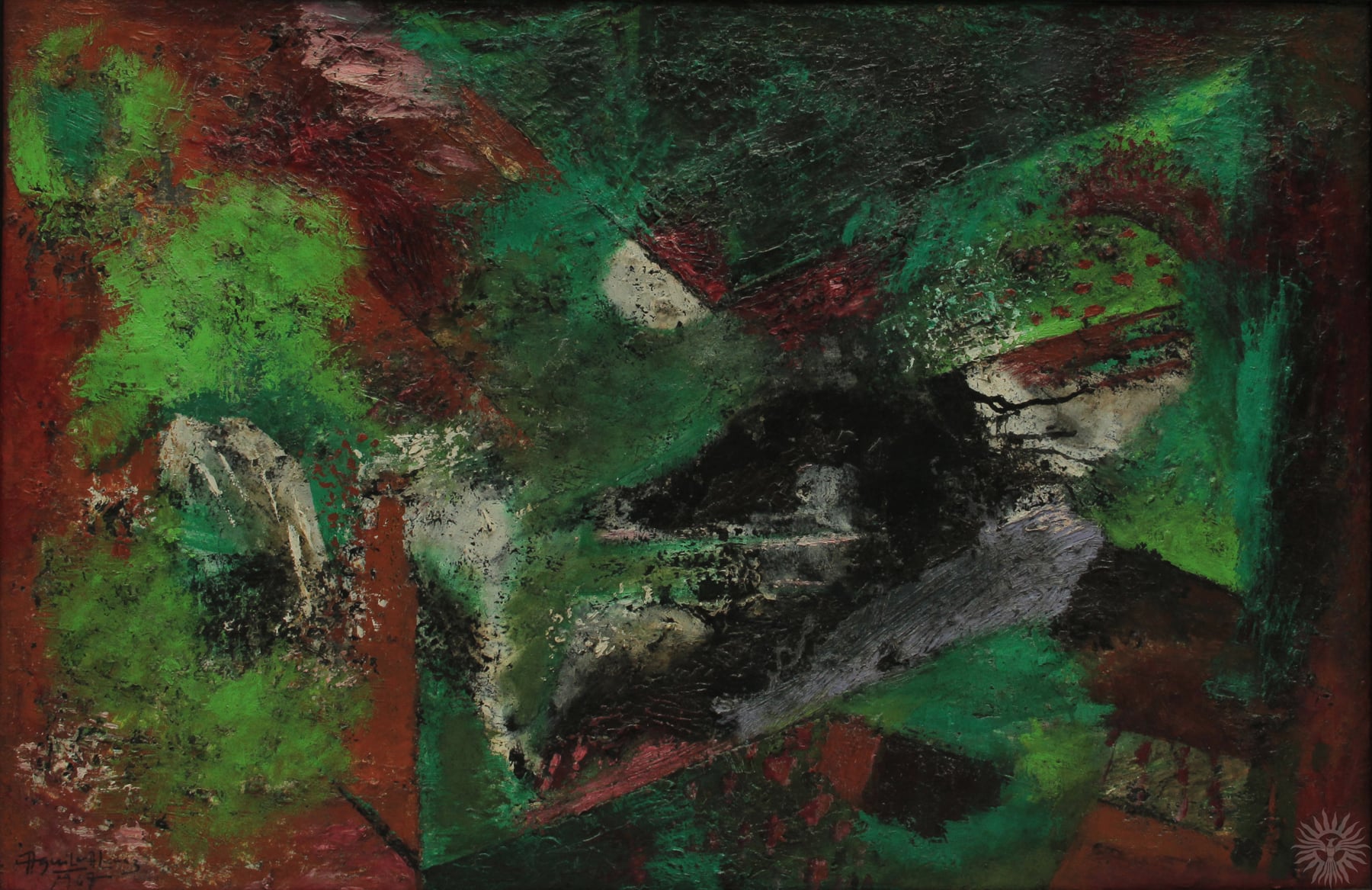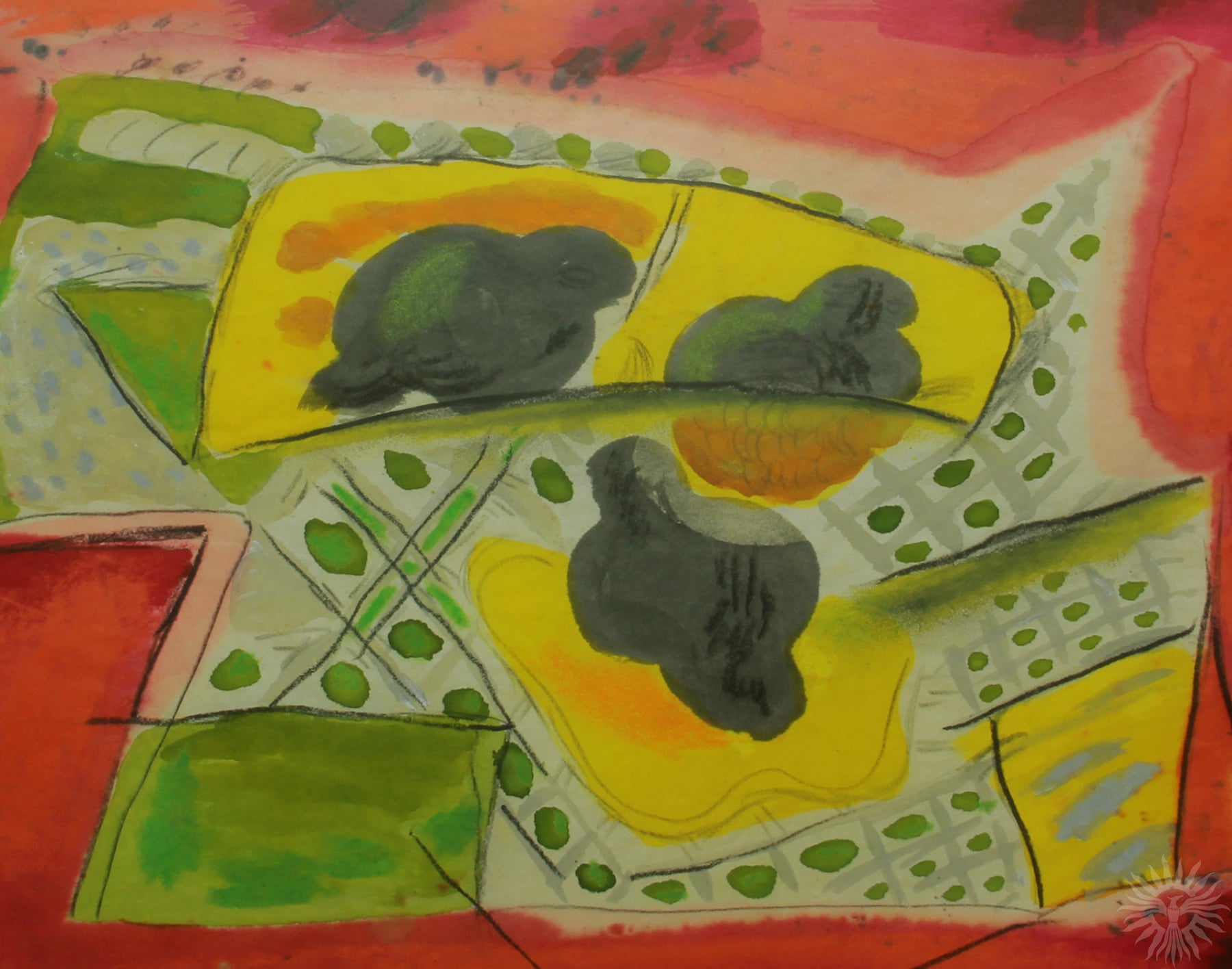Encuentros
June 16, 2016 - July 5, 2016
Federico Aguilar Alcuaz
Makati Shangri-La Manila
“Among the singular facts of Alcuaz’s virtuosity is his ability to shift instantaneously from figurative painting to something totally abstract. Apparently, his musical aficionis more than helpful, but even more so his thorough grounding on the fundamental principles of art. He painted hundreds of abstract symphonies --- often, even evolving from his even more portable idea pieces but always, in definite suites --- their particular temper and sensibility.” Thus the late critic Dr. Rod Paras-Perez, a good friend and biographer of National Artist Federico Aguilar Alcuaz.
Beyond these singular facts lies a reality, however, not often acknowledged, if at all recognized: that among the great Filipino contemporary artists, it is Alcuaz who has completely absorbed and imbibed the European aesthetics of landscape and still life painting. Not in any artificial or posturing manner, inconceivable certainly as an act of affectation, for in the works executed by Alcuaz in Barcelona and Madrid, in Brno, Czechoslovakia, in Paris, Austria or Germany, there are none of the tropical resonances of the country he hailed from, but rather works profoundly moved by the art of Picasso, Matisse, Braque, and Miro.
More telling is the accomplished fact that many of Alcuaz’s major works are of still lifes and domestic interiors, which the art of the French master Matisse embodied, and more intriguingly, the “odalisques,” homages to languorous Moroccan women in exotic costume, lolling in repose, have found their equivalent in Alcuaz’s more modest “Tres Marias” in their festive and colorful attire, whose origin are the pretty waitresses of the hotel where Alcuaz had resided for years, upon his return to his own country. And as a draughtsman, Alcuaz was well nigh indefatigable, as attested by the voluminous production of canvasses and works on paper he had left after his sad demise.
The suite of works on exhibit, titled “Encuentros” at the Makati Shangri-la Manila, organized by Hiraya Gallery, is appropriate, for Alcuaz often ascribed the word (meaning, of course, encounter) as a title to his tapestries. No matter that the word encounter may suggest something hostile or adversarial, even considering that a confrontation is at hand, or that we are made uneasy by unplanned, and unexpected chance encounters: all that has to do with human weakness and vicissitudes.
But when the word encounter is applied to an art experience, then we enter into a total different realm or region, since the word is evocative of adventure and discovery. Alcuaz himself was a testament to the excitement of an encounter between himself and his material; between color and form; between stark black and sheer white; between reality and illusion. In art, tension between opposing forces is always an exhilarating experience.
“Encuentros” then is a sampling of Alcuaz’s pictorial fecundity, so swiftly does his brush careen across the pristine whiteness of the paper, with the wet ink and colored pigments joyously abounding in their gestural fluidity. Always, there is a natural, seemingly effortless rhythm to the movement and flow of the brush, where the thick black lines daringly meander into unexpected, unconventional formal relationships, as if they had a mind of their own. These brushstrokes alert us to the possibility of forms emerging and emanating from crucial and felicitous intersections, possibly puzzling to a rational eye, demanding logic in everything, but perfect and pleasurable in their illusion and feeling of, say, a plate of luscious lemons on a table, a twilit promenade by the pier, the interior space of a private assignation, a garden littered with leaves and dense with foliage and vegetation, silhouettes of human figures that vanish at the moment they appear, and all these miraculously conceived simply by color and line. Teetering between figuration and abstraction, an image unfolds before our eyes, but it is at the behest of the heart and mind to determine what we have seen and felt. How richly do Alcuaz’s brushstrokes take possession of our imagination!
An encounter, in real life, may just happen by chance, but in the art of Federico Aguilar Alcuaz, an encuentro, from the start, is a self-willed and predestined moment.
----Cid Reyes, Art Critic
